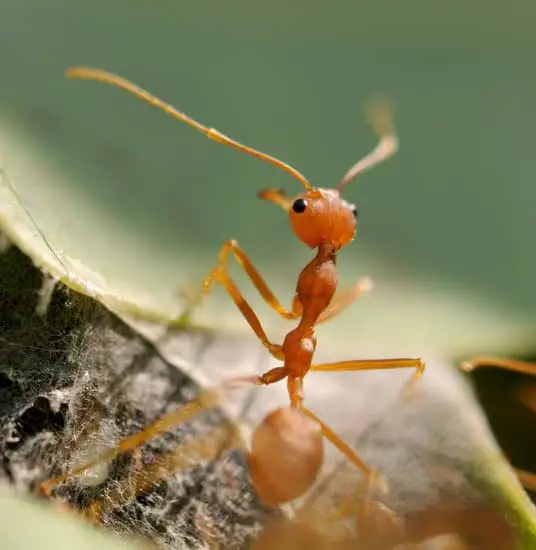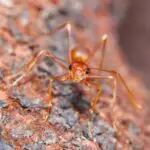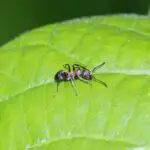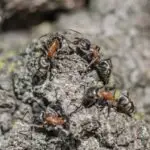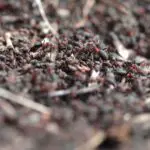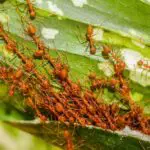What Chemical Do Ants Release?
Generally, when an ant dies, it releases a pheromone chemical, which sends out a warning signal to other ants. This chemical is supposed to alert the other ants to danger and to alert them to immediate action.
The chemical in question is formic acid, or methanoic acid. The name comes from the Latin word for ant, “formica”. It is a simple carboxylic acid with the chemical formula HCOOH.
Ants produce a lot of formic acid in their venom glands. This is used to kill their enemies. They also use it to protect themselves from predators. Some species of ants, such as black carpenter ants, will squirt small amounts of formic acid as a defense.
In the study of fire ants, scientists found that the venom contained proteins, toxic alkaloids, and other compounds. The alkaloids penetrated cell membranes, causing pustules. These pustules are not allergenic and did not cause infection. The alkaloids also feature six-membered heterocyclic rings.
The chemical is also used as an antibacterial agent in livestock feed. However, formic acid can be toxic to humans, causing blisters and drooling.
The venom of ants can be neutralized by alkali or bicarbonate of soda. This makes the venom less toxic to humans, but not completely harmless.
A study in the U-M School of Natural Resources and Environment has shown that ants communicate through pheromones. These chemicals send out signals to other ants to help them locate food and to identify each other.
